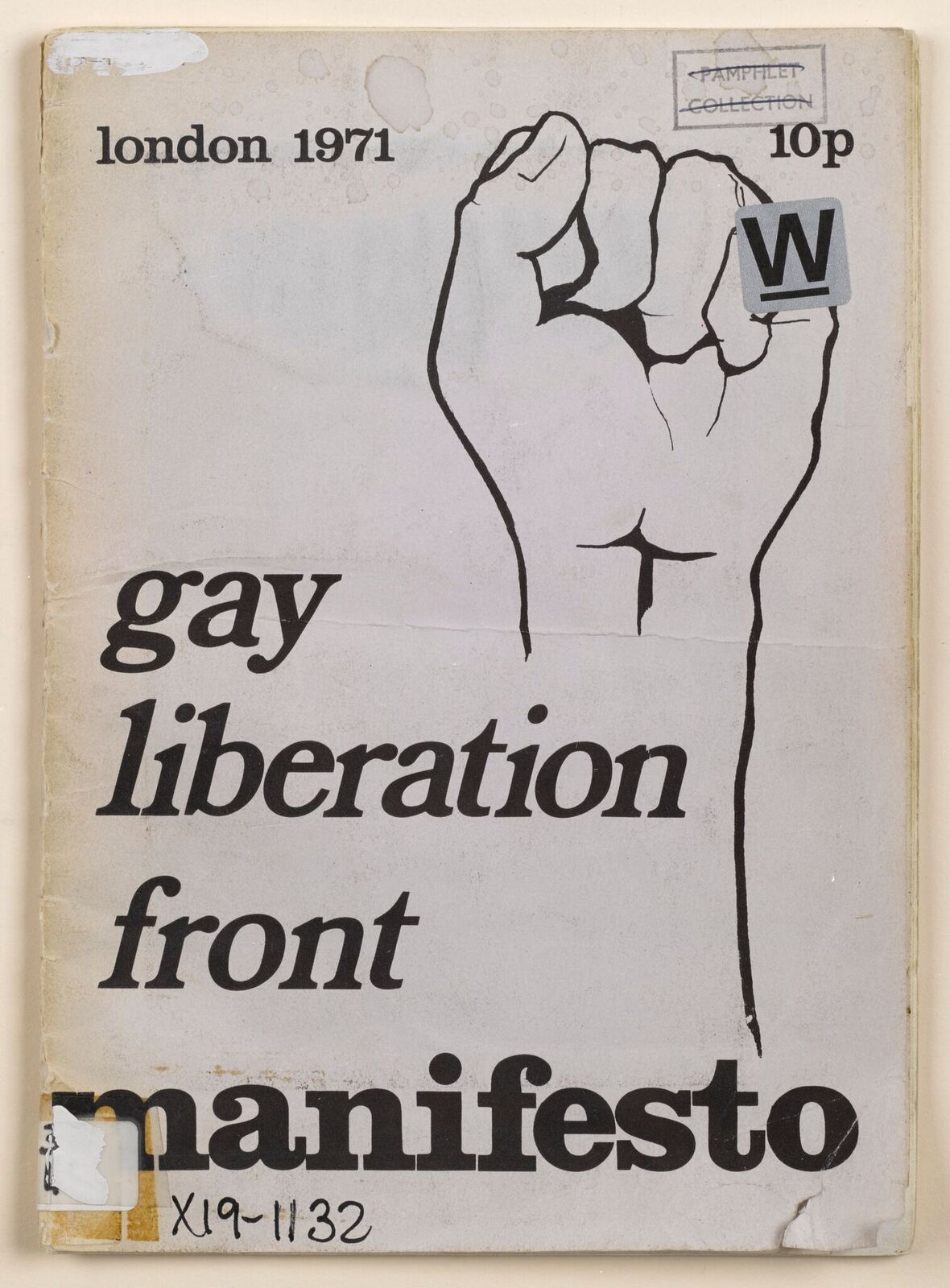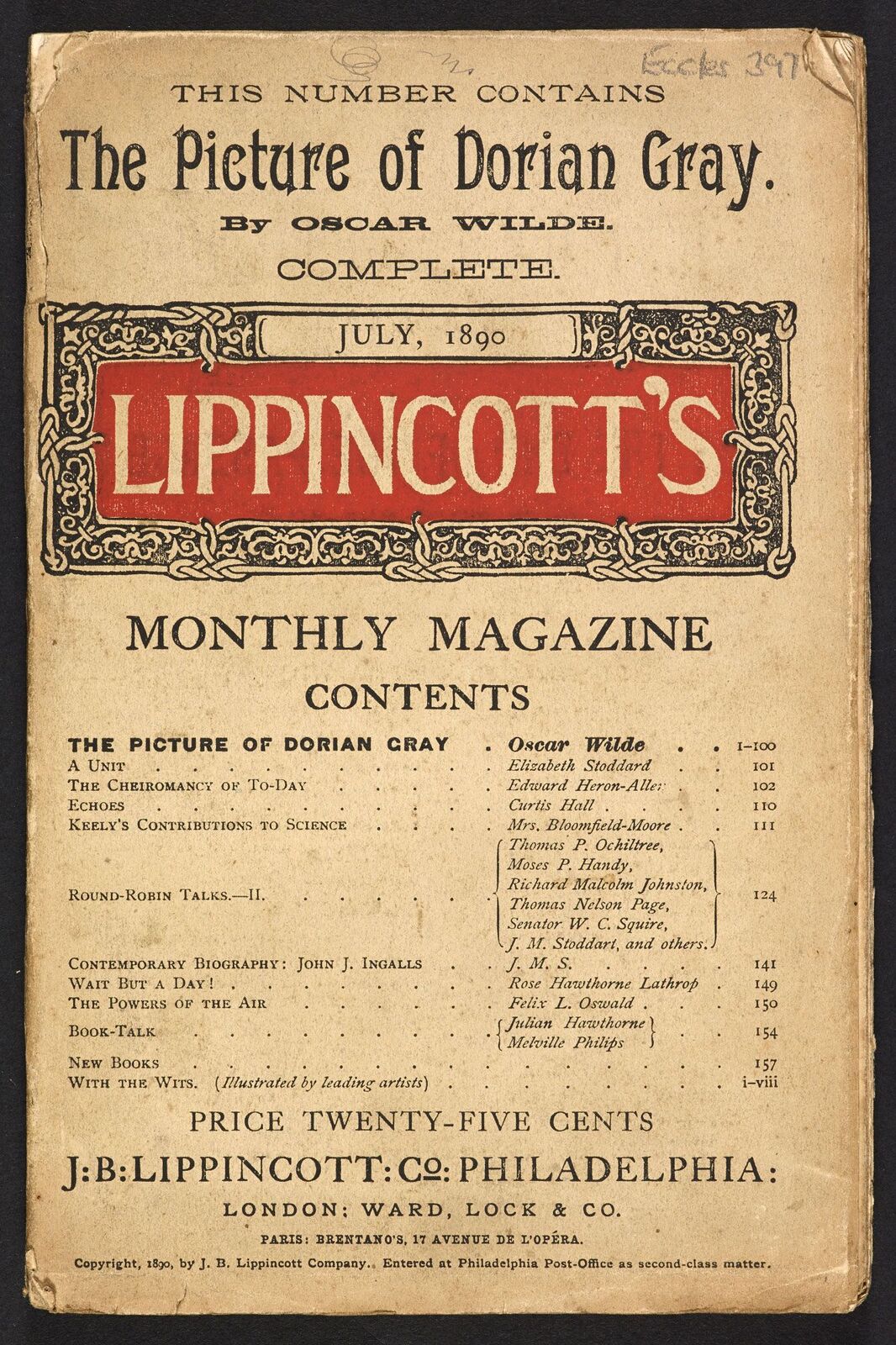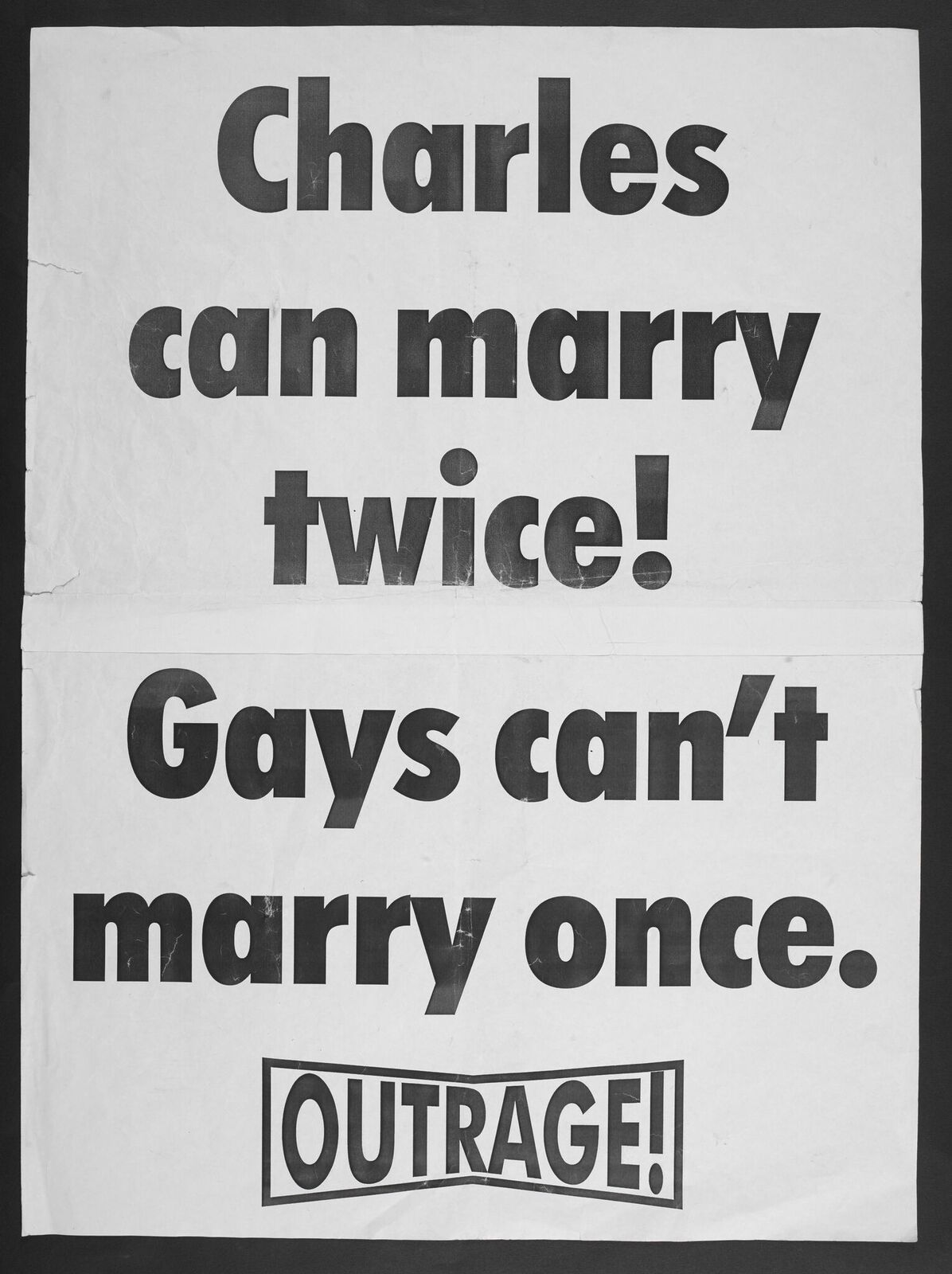
A free exhibition, hosted in the British Library’s Entrance Hall gallery, marks the 50th anniversary of the Sexual Offences Act 1967, which enacted the partial decriminalisation of male homosexuality in England and Wales.
Spanning a century of social and legislative change in Britain, Gay UK: Love, Law and Liberty considers how gay men and women have been represented and how they have sought to describe and define themselves, from the repressive decades of the first half of the twentieth century to the on-going campaign for full equality which continues today.
And it’s a fascinating collection. In 1890, for example, Lippincott’s Monthly Magazine published the Picture of Dorian Gray as the lead story in its July issue. It immediately provoked outrage, with WH Smith even refusing to stock it. Although Wilde went on to publish a revised version, it was the original that was used against him at his trial in 1895. It’s this kind of detail that underlines the importance of this small but captivating companion to the epic Queer Art show, still running at the Tate (and an absolute must itself).

The early part of the show is a much-travelled path from Wilde to early law campaigner Geore Cecil, through Auden, Isherwood, Polari (the gay slang adopted pre-1967) and the camp world of Julian and Sandy in the BBC radio comedy Round The Horne. Throughout, emotions alternate between anger, sadness and outrage, especially with the display of the infamous 1980s leaflets posted through every household in 1987: AIDS: DON’T DIE OF IGNORANCE.
LOCAL ADVERTISING
We’re also reminded of the shocking fact that it was the discovery of gay education book Jenny Lives With Eric And Martin in a public library which acted as catalyst for Clause 28, Thatcher’s insidious 1988 law forbidding the promotion of homosexuality anywhere. Unbelievably it remained enforceable until 2003 (with Cameron “apologising” for it in 2009).
There’s plenty of pop culture, too: the original Pits & Perverts poster of the Electric Ballroom gig, immortalised in the recent movie Pride, and the display of six 1980s acts who all had huge #1 hits before coming out, including Erasure, Frankie Goes To Hollywood and Pet Shop Boys. There are also some fascinating handwritten notebooks worked on by Sarah Waters as she wrote classic lesbian romp Tipping the Velvet.

The exhibition ends with a newly commissioned work from brilliant performer Dickie Beau which sees him embody the sexual Offences Act 1967 through the voices of others. The idea? To ask what it meant then, and what it means today. And it’s this sense of continuum that is never far away.
Most fascinating of all is the 1970 manifesto of the Gay Liberation Front (GLF). Its handwritten list of demands – that sex education should stop being exclusively heterosexual, that the age of consent for males be 16, and that employers should no longer discriminate – is extraordinarily prescient.
But sadly, its final demand, ‘that gay people be free to hold hands and kiss in public’ remains a challenge to both gay people and society. We’ve come a long way – and yet still not far enough.
Gay UK: Love, Law & Liberty, free entry, until 19th Sept, British Library, 96 Euston Road NW1. More info here.

